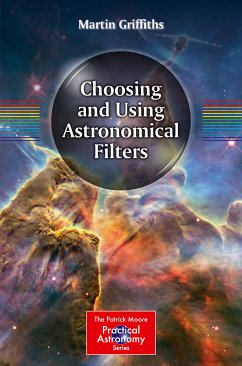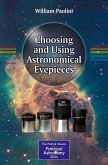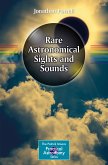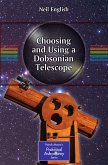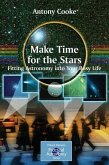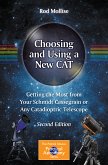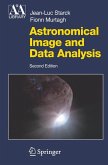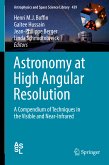- Light pollution filters
- Planetary filters
- Solar filters
- Neutral density filters for Moon observation
- Deep-sky filters, for such objects as galaxies, nebulae, and more
Deep-sky objects can be imaged in much greater detail than was possible many years ago. Amateur astronomers can take photographs that rival those of professional observatories! The ability to do this has been brought about by the revolution in CCD cameras and improved filters.
The book pinpoints which astronomical objects are best observed with which filters. Post-processing (using Photoshop) is also discussed, since it is helpful in further improving filtered astro images.
The last part of the book is an observational guide to 100 deep sky objects that benefit from the use of filters - all personally observed by the author - with notes on the filters used (or potentially of use) in their observation and imaging. There are also notes on their celestial coordinates, magnitudes, and other pertinent information.
Dieser Download kann aus rechtlichen Gründen nur mit Rechnungsadresse in A, B, BG, CY, CZ, D, DK, EW, E, FIN, F, GR, HR, H, IRL, I, LT, L, LR, M, NL, PL, P, R, S, SLO, SK ausgeliefert werden.
"The book covers light pollution filters, planetary filters, solar filters, ND filters for lunar observing and the range of filters for Deep sky imaging. ... Overall this is a very nice book, and the first one that concentrates solely on filters. The most useful part of this book for me is the list of objects and what filters work best on that object." (astronomylog.co.uk, February, 2015)

